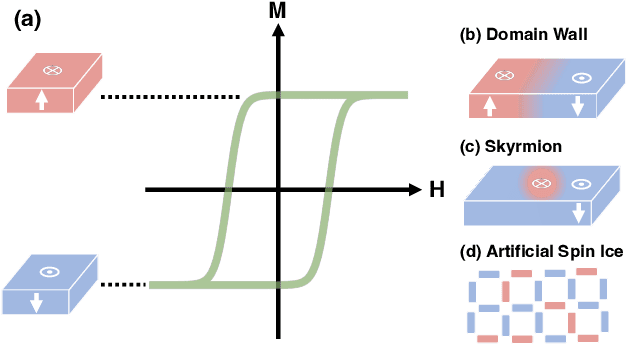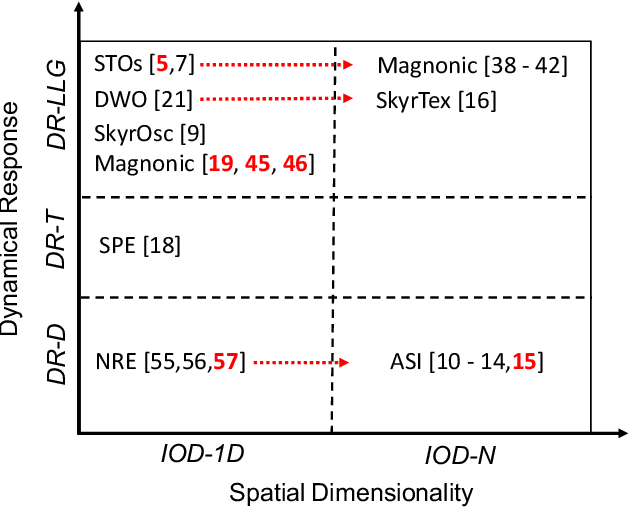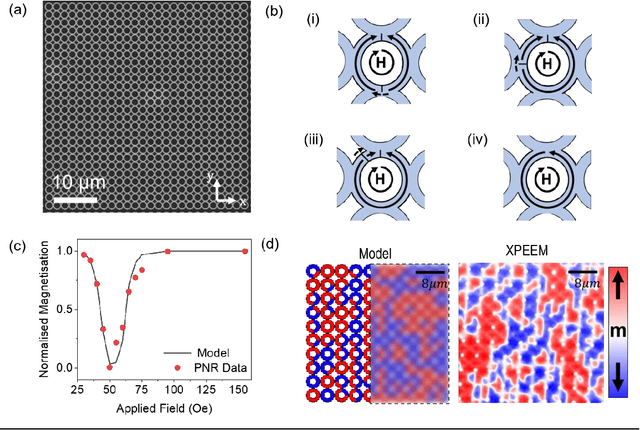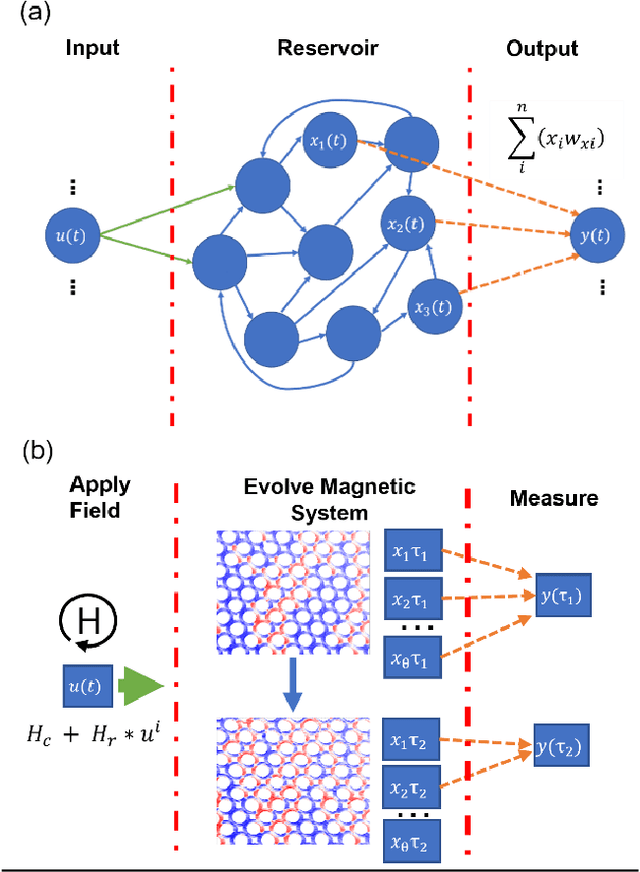Charles Swindells
Optimising network interactions through device agnostic models
Jan 14, 2024Abstract:Physically implemented neural networks hold the potential to achieve the performance of deep learning models by exploiting the innate physical properties of devices as computational tools. This exploration of physical processes for computation requires to also consider their intrinsic dynamics, which can serve as valuable resources to process information. However, existing computational methods are unable to extend the success of deep learning techniques to parameters influencing device dynamics, which often lack a precise mathematical description. In this work, we formulate a universal framework to optimise interactions with dynamic physical systems in a fully data-driven fashion. The framework adopts neural stochastic differential equations as differentiable digital twins, effectively capturing both deterministic and stochastic behaviours of devices. Employing differentiation through the trained models provides the essential mathematical estimates for optimizing a physical neural network, harnessing the intrinsic temporal computation abilities of its physical nodes. To accurately model real devices' behaviours, we formulated neural-SDE variants that can operate under a variety of experimental settings. Our work demonstrates the framework's applicability through simulations and physical implementations of interacting dynamic devices, while highlighting the importance of accurately capturing system stochasticity for the successful deployment of a physically defined neural network.
A perspective on physical reservoir computing with nanomagnetic devices
Dec 09, 2022

Abstract:Neural networks have revolutionized the area of artificial intelligence and introduced transformative applications to almost every scientific field and industry. However, this success comes at a great price; the energy requirements for training advanced models are unsustainable. One promising way to address this pressing issue is by developing low-energy neuromorphic hardware that directly supports the algorithm's requirements. The intrinsic non-volatility, non-linearity, and memory of spintronic devices make them appealing candidates for neuromorphic devices. Here we focus on the reservoir computing paradigm, a recurrent network with a simple training algorithm suitable for computation with spintronic devices since they can provide the properties of non-linearity and memory. We review technologies and methods for developing neuromorphic spintronic devices and conclude with critical open issues to address before such devices become widely used.
Quantifying the Computational Capability of a Nanomagnetic Reservoir Computing Platform with Emergent Magnetization Dynamics
Nov 29, 2021



Abstract:Arrays of interconnected magnetic nano-rings with emergent magnetization dynamics have recently been proposed for use in reservoir computing applications, but for them to be computationally useful it must be possible to optimise their dynamical responses. Here, we use a phenomenological model to demonstrate that such reservoirs can be optimised for classification tasks by tuning hyperparameters that control the scaling and input-rate of data into the system using rotating magnetic fields. We use task-independent metrics to assess the rings' computational capabilities at each set of these hyperparameters and show how these metrics correlate directly to performance in spoken and written digit recognition tasks. We then show that these metrics can be further improved by expanding the reservoir's output to include multiple, concurrent measures of the ring arrays' magnetic states.
 Add to Chrome
Add to Chrome Add to Firefox
Add to Firefox Add to Edge
Add to Edge